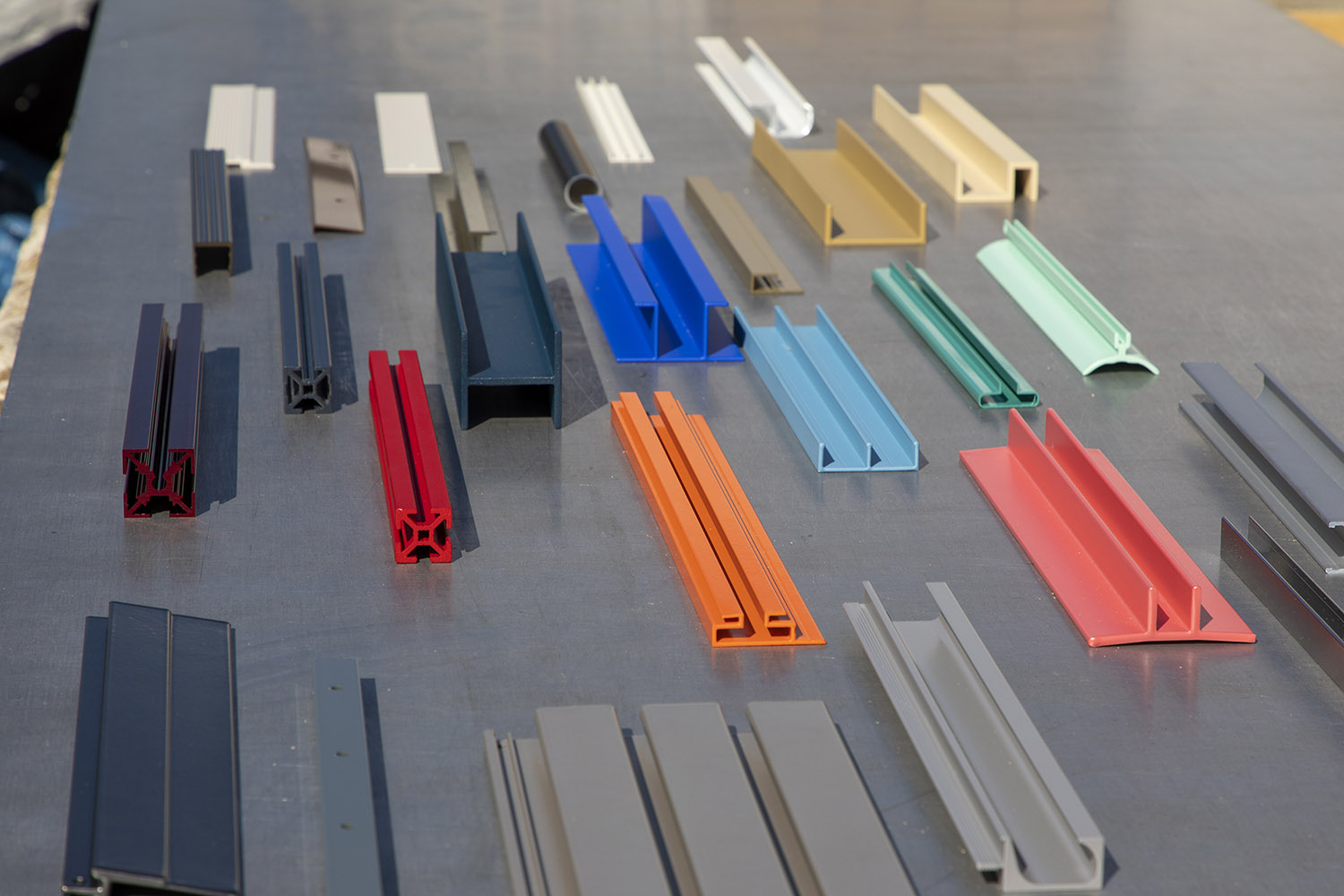What is a J Channel? – Shape Options and Applications

With every construction project, you’re going to have some visual imperfections. Tight seals are also a concern. But that’s what trim is for—achieving a beautiful, finished appearance and protecting what you’ve built.
J channels (also known as J caps, J molding, or J trim) are one of the most common types of trim. They’re designed to provide a seamless border between siding and installed windows, doors, and similar obstacles. In this article, we’ll cover what you need to know about J channels, including their materials and uses, so that you can make the right selection for your project.
What is a J Channel?
When completing the exterior finishing of a house, you have to work around obstacles like doors and windows to install the siding. The same applies to interior work with panel walls or prominently mounted fixtures like mirrors or signage. You don’t want to install your materials directly against the object, as your cuts will almost certainly look jagged and uneven.
Instead, you use a J channel to guide your installation, protect against water runoff (for exterior purposes), and ensure that—once complete—your project has a square, straight, and professional appearance.
Where J Channels Get Their Name
J channels get their name from their form. When you look at the end of a J channel, you’ll see a horseshoe shape with one “leg” side shorter than the other—like a capital J. The longer leg is affixed against the wall and may feature holes to make it easier to nail or screw into place during installation.
Your siding or other material is what will sit in the horseshoe shape’s channel, with the shorter leg appearing to curl over and provide a uniform edge. It’s the only part of the J channel that’s visible when installation is finished.
Different J Channel Shapes
Different J channel styles may also feature notches or other shapes to better lock in building materials, but they all have the same general J shape. Some of the various J channel options include:
- Standard J cap – Used for all-purpose finish work
- Pinch fit J cap – Features a small notch in the channel to better lock in building materials
- Rounded J caps – Give an appearance similar to quarter-round molding
- Minimal reveal J caps – Provides the smallest “short leg” for trim with a minimal appearance.
Water Runoff—An Important Consideration
It’s important to remember that exterior J channels provide excellent water runoff when installed vertically, but they can allow water to collect when positioned horizontally. So, it’s generally not recommended to start siding a structure with J channels at the bottom.
Aluminum or Vinyl J Channels?
J channels are typically available in aluminum and vinyl. The aluminum trim may be a bit pricier, but the difference is often negligible, and it provides a better structural and finishing solution. This is because:
- Aluminum is stronger, especially for its weight.
- Aluminum provides a clean, finished appearance, while vinyl can look “plastic-y.”
- Aluminum J caps can be installed as a DIY project, whereas vinyl will require expertise.
- Aluminum is more resilient to weather changes.
- Aluminum is inherently more fire-resistant.
When choosing aluminum over vinyl, the only real drawback is the metal’s higher likelihood of denting or scratching.
Trust Orange Aluminum for All Your Projects
Regardless of which style of aluminum J channel you need, you can trust Orange Aluminum for the highest quality products.
We’re one of the nation’s leading suppliers of extruded aluminum products, with over 1000 SKUs kept in stock and over 1 million pounds of inventory. If our available aluminum pieces aren’t quite what you’re looking for, we can create custom extrusions to fit your project’s precise needs.
Reach out to us today to discuss sourcing your J channels from Orange Aluminum or visit our Quick Order page to get your order started.



